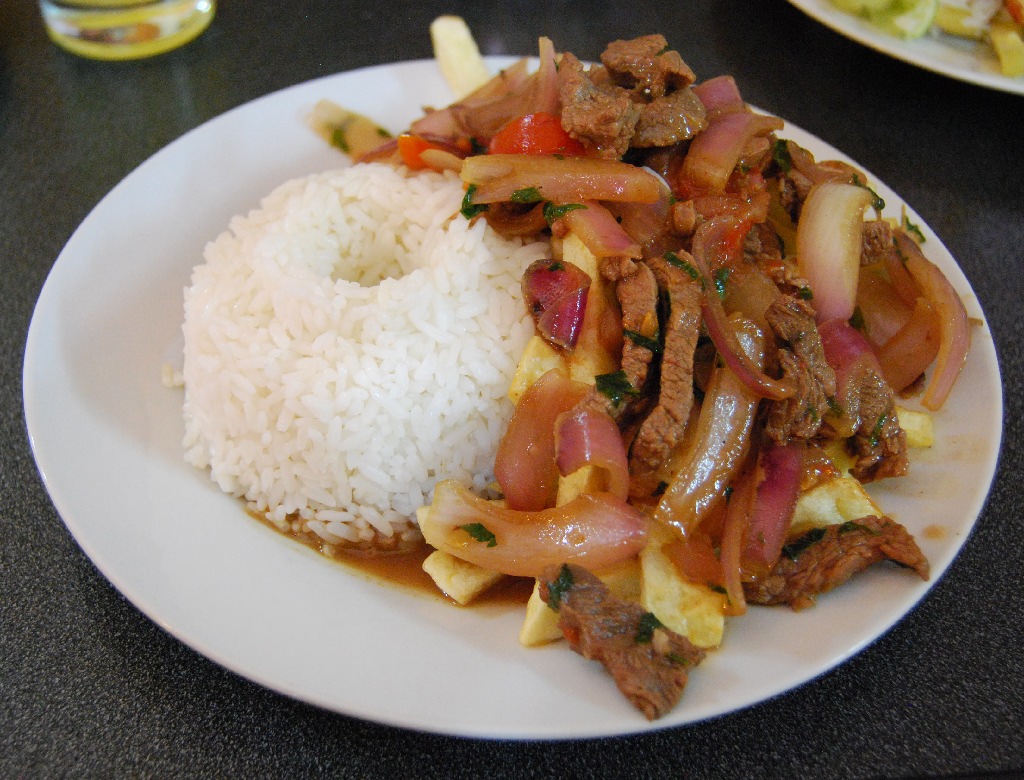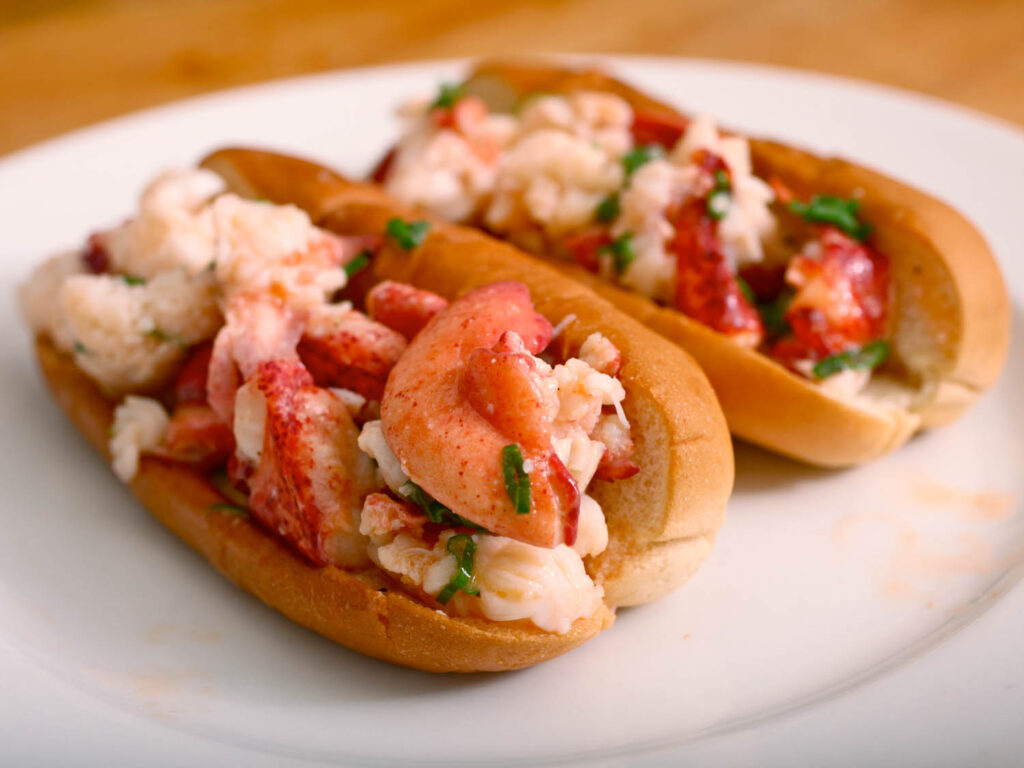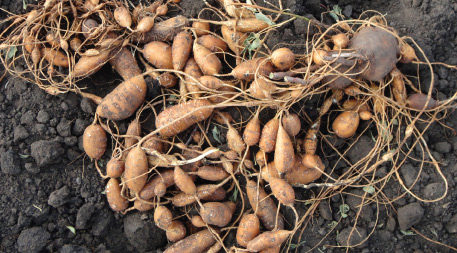Climate Change for Dinner
By Julianne Fontana, 2016 Graduate Intern, NRF
Imagine the regional cuisines we love today without their fundamental ingredients — Italian dishes without tomato or New England clam chowder without clams…
Yet tomatoes are a New World product that didn’t arrive in Italy until after Spanish Conquistadors sailed to South America! Even olives, which we now see as inextricably linked to Mediterranean climates, were not widely cultivated until the Romans used the olive tree as a political tool to spread their culture throughout the region. In Peru, waves of immigrants from Europe and Asia shaped a new national cuisine that combines rice, pasta, and potatoes. One of Peru’s most popular dishes, lomo saltado, marries the flavors of Peru with Chinese cooking techniques due to huge waves of Chinese immigration into the country. All of this to say that culinary heritage, a major part of our cultural identities, is never static. It is shaped over time by environmental conditions and human actions.
So why is this relevant when considering climate change? In the Anthropocene, defined as a new geologic age in which humans are having the largest effect on climate, traditional foodways will be forced to respond. This could result in changing staple products across various regions, trying to engineer environmental conditions to support our current production, or perhaps the fusion of various cuisines, as in Peru. Climate refugees will invariably bring their cooking techniques with them to new places, similar to waves of migration in the past. Globalized markets will allow us to ship staple products to communities of high demand, but cannot preserve a community’s relationship to growing fruits or hunting particular species.
All factors considered, climate change may mean the loss of certain foodways. We are already beginning to see the affects of this in oysters, scallops, and clams that are struggling to survive in increasingly acidified oceans. As warming waters force America’s favorite crustaceans further north, American dinner plates will experience drastic changes. Here are just a few regional examples of how this could affect communities across the United States:
- In San Francisco, a popular fish stew known as cioppino uses the catch of the day to create a flavorful Italian-American dish. Dungeness crab along with salmon and oysters, all staples to the dish, are under threat due to climate change effects including ocean acidification, rising temperatures, and drought conditions.
- While some species are dying off, other are migrating. The Chesapeake region is known for their blue crab, but the crabs are beginning to move north into colder waters north of Cape Cod and into the Gulf of Maine.
- In New England, lobster and shrimp have also migrated northwards, damaging many fisheries and added to those in most northern areas. Dishes like lobster rolls may now originate in the waters of northern Maine and Canada rather than all throughout the New England coastal region.
How do we respond to these changes? As of now, the best methods to keep seafood in our cuisine are sustainable fishery management and to reduce carbon emissions. Researchers are continually searching for new management techniques while also collecting new data, as in this 2014 IPCC report.
Culinary history can also employ strategies used with other aspects of intangible heritage: digitization and community building. Indigenous communities in the United States have dealt with changing environmental landscapes due to colonialism and climate shifts for generations. In response, the Indigenizing Local Food Movements blog serves as a digital repository that connects tribal communities with a shared stake in food sovereignty.
Perhaps our culinary choices of the future will also reflect more sustainable consumption habits, such as this climate change fusion designed for a hotter, drier Earth. As with all intersections of climate change and culture, there are innumerable possible outcomes, all of which will be guided by our choices in the next generation.




